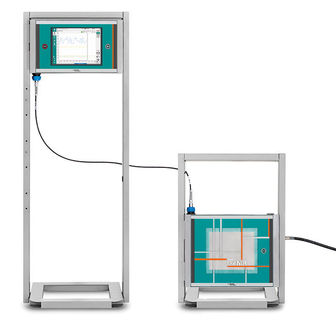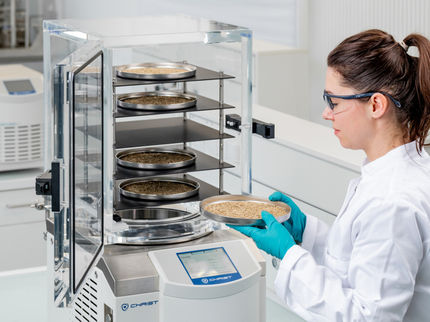To use all functions of this page, please activate cookies in your browser.
my.bionity.com
With an accout for my.bionity.com you can always see everything at a glance – and you can configure your own website and individual newsletter.
- My watch list
- My saved searches
- My saved topics
- My newsletter
Diferulic acidsDiferulic acids are dimers of ferulic acid.(1) They have been found in the cell walls of some plants: sugar beet and Chinese water chestnut.(2) It is thought that they have a structural function in plant cell walls, making the tissues of the plant more resistant to cell separation during heating, allowing them to maintain their crisp texture. Just as ferulic acid is not the proper IUPAC name, the diferulic acids also tend to have trivial names that are more commonly used than the correct IUPAC name. Product highlightCurcumin can be hydrolyzed (alkaline) to yield 2 molecules of ferulic acid. ProductionMost diferulic acids are not commercially available and must be synthesised in house. They can be extracted from plant cell walls by concentrated solutions of alkali, the resulting solution is then acidified and phase separated in to organic solvent before analysis by High performance liquid chromatography. References
|
| This article is licensed under the GNU Free Documentation License. It uses material from the Wikipedia article "Diferulic_acids". A list of authors is available in Wikipedia. |







